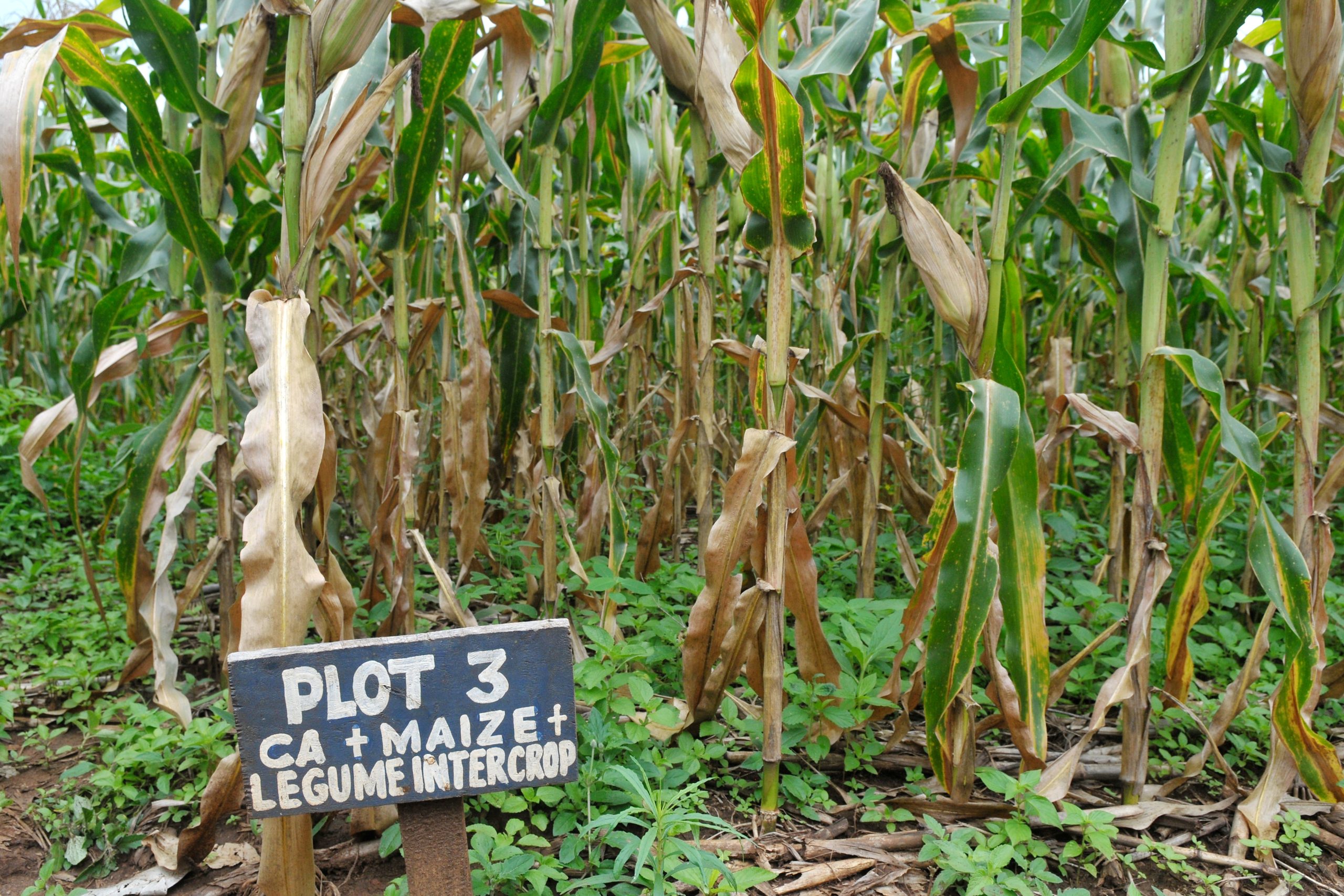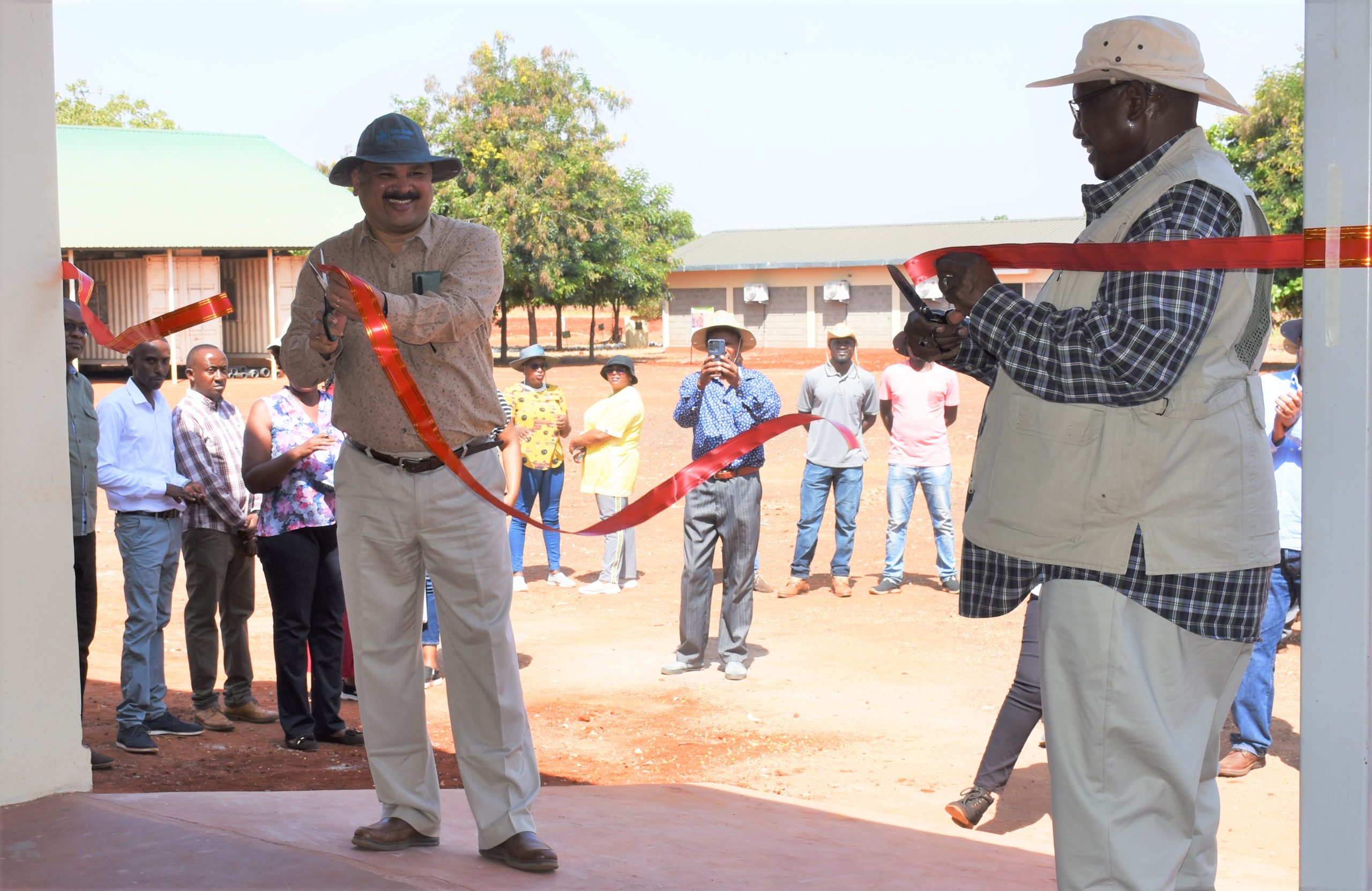Agriculture offers major solutions to several global challenges – most notably the tightly interlinked challenges of meeting Sustainable Development Goals (SDGs) on hunger (SDG2), extreme poverty (SDG1), and climate change (SDG13). CGIAR, in concert with a wide network of partners, has a vital role to play in transforming agri-food and land systems in the face of the climate emergency – ultimately benefiting low-income producers and consumers who are most at risk.
What is Crops to End Hunger?
Crops to End Hunger (CtEH) is a CGIAR initiative to accelerate and modernize the development, delivery and widescale use of a steady stream of new crop varieties. These new varieties are developed to meet the food, nutrition and income needs of producers and consumers, respond to market demand and provide resilience to pests, diseases and new environmental challenges arising from climate change.
CGIAR’s plant breeding program has made major contributions to global food security since the mid 1960s, but there is evidence that the rate of adoption of new varieties has slowed. CtEH will support the acceleration of breeding cycles and application of modern breeding methods needed for both productivity gains and climate change adaptation. Farmers need varieties bred in and for the current climate, but are generally using varieties selected 20-30 years ago. In addition, many new varieties are insufficiently improved to induce farmers to adopt them. Prioritization of crops by specific geographies is based on projected benefits to poverty reduction and nutrition, and is an integral dimension of the modernization effort. Using market research, crop breeders gain greater awareness of the traits preferred by men and women farmers, consumers and others along the value chain, integrating them into “product profiles” that guide breeding. Delivery of varieties is done through integrated partnerships and linkages to seed systems in-country, in which national regulatory agencies take responsibility for the release of improved seeds, while public agencies, community organizations and private seed companies undertake multiplication, distribution and promotion to reach farmers’ fields.
In 2017-18, a multi-Funder group, including the United States Agency for International Development (USAID), the Bill & Melinda Gates Foundation (BMGF), the UK Foreign, Commonwealth and Development Office (FCDO), the German Federal Ministry for Economic Cooperation and Development (BMZ) and the Australian Centre for International Agricultural Research (ACIAR), agreed to launch a modernization program for public plant breeding in lower-income countries. The CtEH initiative will invigorate breeding for the staple crops most important to smallholder farmers and poor consumers.
How does it work?
CtEH supports focused, science-based, well-resourced and long-term CGIAR Programs and investments in modern plant breeding on priority crops, which build on:
- CGIAR’s demonstrated impact on food security and poverty reduction through plant breeding;
- CGIAR’s comparative advantages in global public goods research on crop breeding and genetics;
- CGIAR’s central role and responsibility for the conservation and characterization of the world’s crop biodiversity, which is held in trust by CGIAR Research Centers for the world community.
This initiative aims to accelerate a transition in CGIAR crop breeding to address very different challenges from those faced in the Green Revolution. Twenty CGIAR crops, including cereals, legumes and root crops, have been chosen for this breeding initiative.
One part of this challenge is for breeding to modernize in terms of its objectives beyond pure yield gain – to address the expanding demand for improved varieties to meet biotic and abiotic stresses, such as climate change and environmental degradation, and to include a wider set of nutritional and market traits, as well as traits relevant to both end-users and value chains, which would increase the adoption rate of newly-bred varieties.
The first step towards modernization of breeding programs is to identify the gaps – the areas that need to be addressed or improved. The Breeding Program Assessment Tool (BPAT) has been developed for this purpose. The deployment of BPAT has been administered by the University of Queensland and has now been used to assess the breeding programs across CGIAR Research Centers. Examples of gaps include cross-CGIAR data management tools, access to low-cost genotyping, and sharing high-quality technical advice across programs and with partners.
What will result?
This process of improvement and modernization of CGIAR breeding programs will provide multiple benefits:
- For a given level of investment it is anticipated that each breeding program will achieve increased rates of genetic gain and scale of impact – through adoption of farmer-preferred, market-demanded, climate-resilient varieties.
- There will be further opportunity to integrate and support allied CGIAR crop programs, and to apply best practices across CGIAR Research Centers.
- A stronger partnership and closer cooperation with national breeding programs, including national research institutes, universities and small and medium-sized enterprises in the private sector in low-income countries, as well as multilateral seed companies and advanced research institutes.
- Adopting standardized ways of reporting needs, opportunities and progress will provide Funders with a transparent view of where and how they are getting high rates of return for their investment.
With this new initiative, CGIAR will enhance its contributions to the Sustainable Development Goals towards 2030 through high-priority staple crops tailored for the specific needs of targeted regions and their populations.


 Environmental health and biodiversity
Environmental health and biodiversity